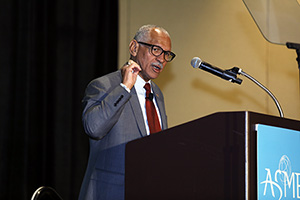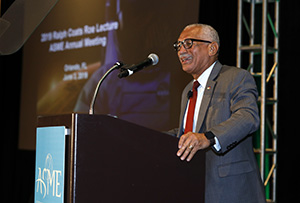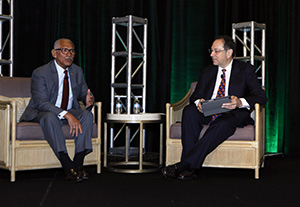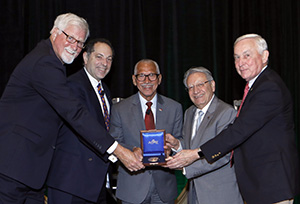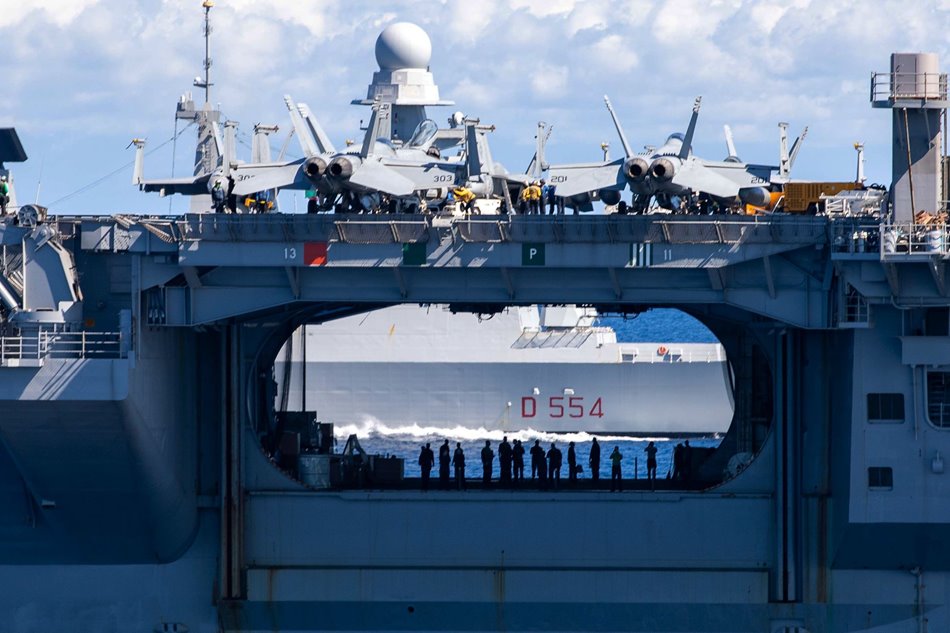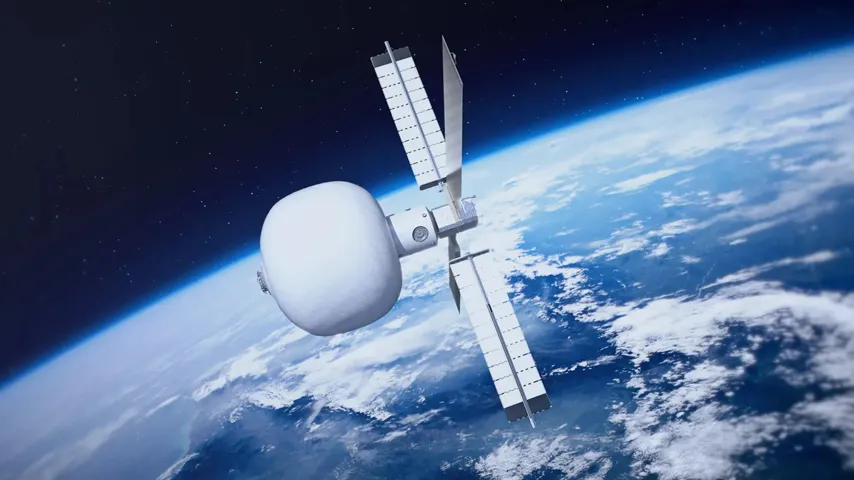Former NASA Administrator Charles Bolden Discusses Space Exploration’s Future at the Roe Lecture
Former NASA Administrator Charles Bolden Discusses Space Exploration’s Future at the Roe Lecture
During his presentation of the Ralph Coats Roe Lecture on June 2 at the ASME Annual Meeting in Orlando, Fla., retired Major General Charles F. Bolden, Jr., shared the thoughts and insights he gained on the progression of human space flight during his 14 years of experience as an astronaut and two terms as NASA Administrator during President Barack Obama’s administration.
Bolden, this year’s recipient of the ASME Ralph Coats Roe Medal, was honored with the award for his outstanding leadership of America’s aeronautics and space programs; for courageous service in the fight to preserve freedom and liberty; and for dedication as a role model, inspiring others through words and actions. Established in 1972, the Ralph Coats Roe Medal recognizes outstanding contributions toward a better public understanding and appreciation of the engineer’s worth to contemporary society.
Following introductions by ASME Executive Director/CEO Tom Costabile, 2018-2019 ASME President Said Jahanmir and ASME Foundation Chair Tom Pestorius, Bolden observed toward the beginning of his speech that as someone who has been fortunate enough to view Earth from space, the planet from that perspective can appear borderless, tranquil and trouble-free.
“I came here tonight to tell you that our planet does need you, however” Bolden continued, addressing the engineers in attendance. “We need your leadership. We need your ingenuity. We need your imagination. We need increased international cooperation and collaboration and we need your deliberate, dedicated focus on the important issues of diversity, inclusion and equity. While at NASA, we attempted to focus like a laser on making the agency the best place to work in the federal government by putting deliberate effort into these three challenges.”
After sharing with the audience his belief that “space exploration is one of the most important tools this generation will use to bring about the better future that we all deserve,” Bolden went on to talk about the significant role he felt the International Space Station (ISS) held in the chronicles of space exploration since tens of thousands of people from 15 countries have been responsible for the construction and operation of the space station over the past two decades.
“Today, a child who is 18 years old or younger has lived every single day of his or her life while human beings from multiple countries are living and working together in space aboard the International Space Station,” Bolden said. “Even in the few times when we’ve gone down to two crew members, it’s been at least one Russian and one American…. I still maintain that the Space Station ought to be considered for the Nobel Peace Prize. The incredible science being conducted onboard every single day continues to inform and make life better here on Planet Earth.”
Bolden, an astronaut who spent more than 680 hours in space during four space shuttle missions, later discussed the United States’ decision to phase out the space shuttle program, following the 2003 Space Shuttle Columbia disaster, in favor of pursuing new commercial partnerships with private industry to transport cargo and people to low Earth orbit.
He then recounted President Obama’s April 2010 speech in Cape Canaveral, Fla., which Bolden described as “a major space policy address.” During the speech, Bolden said, the president “laid out a plan to replace our unsustainable exploration trajectory with a clear, affordable and financially sustainable way forward…. In that speech, President Obama called for expanding robotic exploration of the solar system and this direction has continued under our current president.”
President Obama also asked NASA to proceed with the development of the next-generation James Webb Space Telescope, which is expected to be launched early next year, and charged the agency with leading the International Space Station partners to extend operations of the space station until at least 2024. In addition, the president stepped up NASA’s Earth Science research program with the aim of developing a better understanding of the planet — and climate change in particular.
The ultimate goal of NASA’s current space exploration plan, A Journey to the Moon and on to Mars, is to send astronauts back to the moon during the 2020s and then to Mars during the following decade, Bolden said. To that end, the space agency expects to work with commercial, international and non-traditional partners in the development of rockets, spacecraft and the related technology necessary to realize this ambitious objective.
“Today, nine years after President Obama challenged NASA to send astronauts to Mars in the 2030s, we are closer to sending human beings back to the moon and on to the Red Planet than ever before in history,” Bolden said. “One of the keys to our success in achieving these ever-changing goals is the emergence of a robust, viable commercial space program.”
One possible barrier to achieving these goals as effectively as possible is NASA’s current inability to work with the Chinese Space Agency on human space flight, which is the result of a 2011 Congressional ban on bilateral cooperation between NASA and China.
“There’s a tangible sense I get as I travel and meet folks that space exploration is ‘in vogue’ now,” Bolden observed. “This ‘coolness’ factor is what inspires young kids to want to study science or write a science fiction story — and all these things make a difference. Inclusion of the Chinese into our team of innovators and explorers, I think, will allow us to make an even bigger difference.”
In keeping with this year’s anniversary of the Apollo moon landing, Bolden told the engrossed audience, “I truly believe the sort of future I laid out is within our grasp in this 50th anniversary year of humanity’s first landing on the moon…. Just think of what it will be like when you’re with your loved ones watching the first astronauts from Earth land on Mars. I plead with you to join me in pursuit of this vision and to help us to continue to turn science fiction into science fact and make the impossible possible.”
